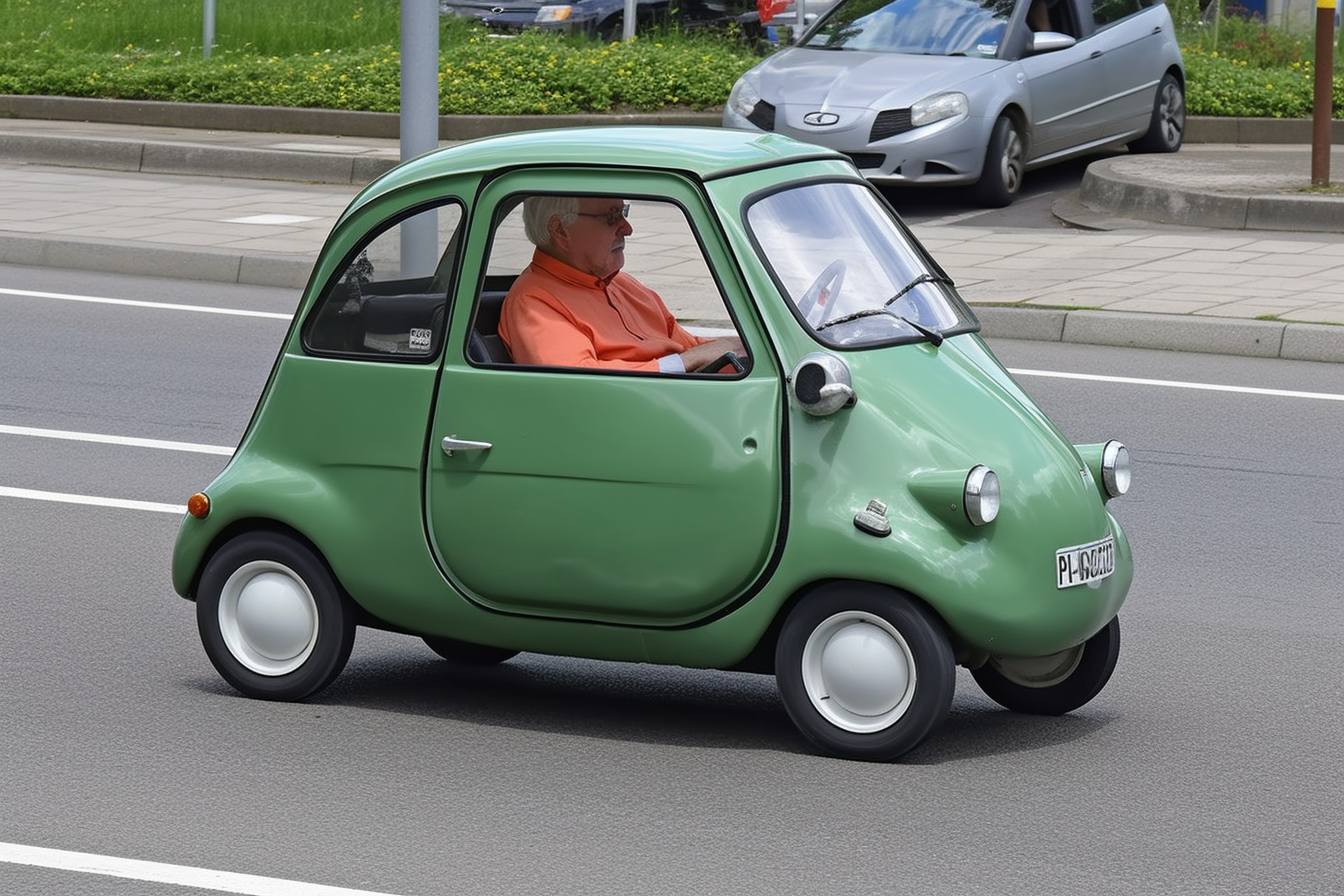**Tracking the Accelerated Shift Towards Foldable Smartphone Technology**
In the ever-evolving world of smartphone technology, the latest buzz is all about foldable smartphones. This fascinating innovation is reshaping the way we use and perceive our handheld devices. Let's dive deep into the history and key developments of this technology, current updates, and its potential future impact on the market.

Unfolding the History
The concept of foldable smartphones is not entirely new. The idea of a flexible, bendable screen was first explored in the mid-2000s with the advent of Organic Light Emitting Diode (OLED) technology, which is inherently flexible. However, it took more than a decade of research and development before the first foldable smartphone, the Royole FlexPai, debuted in 2018.
The Current State of Play
Fast forward to 2021, and numerous tech giants have jumped onto the foldable smartphone bandwagon. Samsung, with its Galaxy Fold series, and Huawei, with its Mate X series, have led the charge. More recently, Microsoft entered the fray with the Surface Duo. The foldable smartphone market is growing, and it’s clear that this isn’t just a passing fad.
The Foldable Phone Design: Breakthrough or Gimmick?
While foldable smartphones are undoubtedly innovative, they’ve had their share of challenges. Initial models faced durability issues, with screens prone to creasing and damage from dust. However, manufacturers have made significant strides in improving the resilience and reliability of foldable displays with each new model. The latest releases feature tougher, flexible glass and more robust hinge designs, offering an increasingly seamless user experience.
The Price Point and Market Impact
Foldable smartphones currently occupy the premium end of the market, with prices ranging from $1,300 to $2,000. While these prices may be steep, it’s a trend we’ve seen before with new technology. As more manufacturers enter the market and production processes improve, prices are expected to fall, making foldable smartphones more accessible to a wider audience. According to a report from Statista, the global foldable smartphone market is projected to reach 3.9 million units in 2021, a significant increase from the 700,000 units sold in 2019.
Looking Ahead: The Future of Foldable Smartphones
The future of foldable smartphones is exciting. As manufacturers continue to refine the technology, we can expect to see even more innovative designs and uses. Rumors abound about Apple’s entry into the foldable market, which could further ignite competition and innovation. Foldable technology may also extend beyond smartphones, with potential applications in tablets and wearable devices.
The accelerated shift towards foldable smartphone technology is reshaping the landscape of the mobile industry. With ongoing advancements and growing consumer interest, foldable smartphones are poised to be more than just a trend – they could very well be the future. Only time will tell if this technology can truly revolutionize the way we use our smartphones. For tech enthusiasts and everyday consumers alike, the journey of foldable smartphones is an exciting one to follow.




